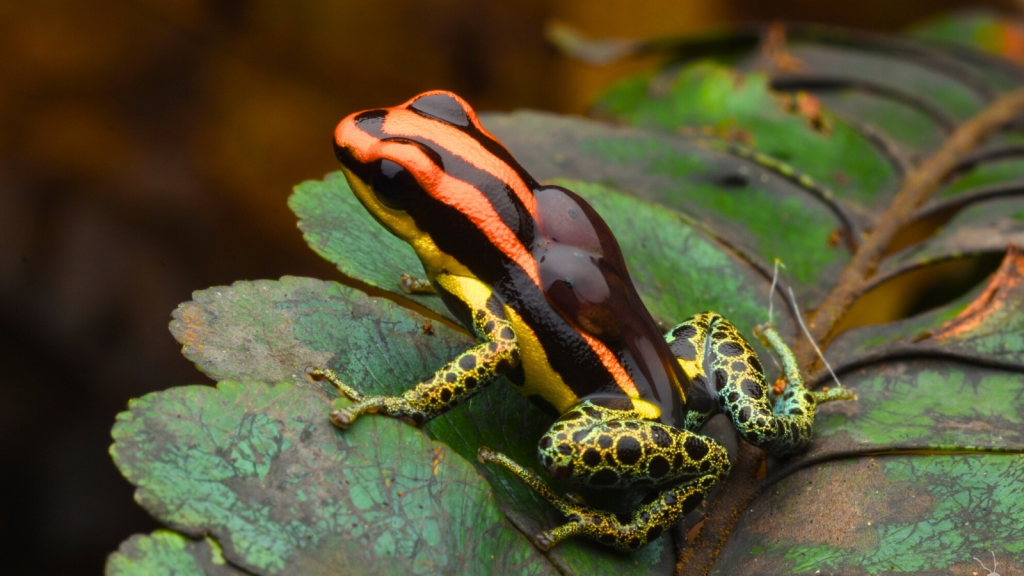Have you ever wondered about the dangerous creatures that lurk beyond the safety of zoo enclosures? While many venomous animals can be found in captivity, some are simply too risky or difficult to keep. These elusive beings roam free in the wild, wielding potent toxins that make them both fascinating and feared. From tiny sea dwellers to slithering jungle inhabitants, these creatures remind us of nature’s raw power. Join us as we explore 12 venomous animals that remain out of reach for even the most adventurous zookeepers.
Blue-Ringed Octopus
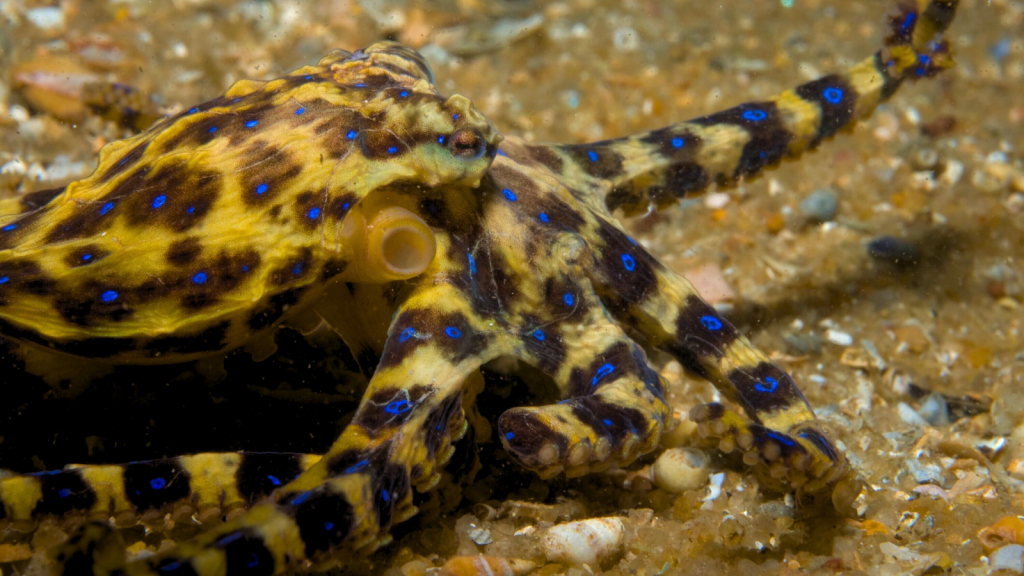
This small but deadly cephalopod calls the Pacific and Indian Oceans home. Despite its tiny size, the blue-ringed octopus packs a powerful punch with venom strong enough to kill a human in minutes. Its beautiful blue rings serve as a warning to potential predators, flashing brightly when the octopus feels threatened. The venom, which contains tetrodotoxin, can cause paralysis and respiratory failure, making it one of the most dangerous marine animals.
Stone Fish
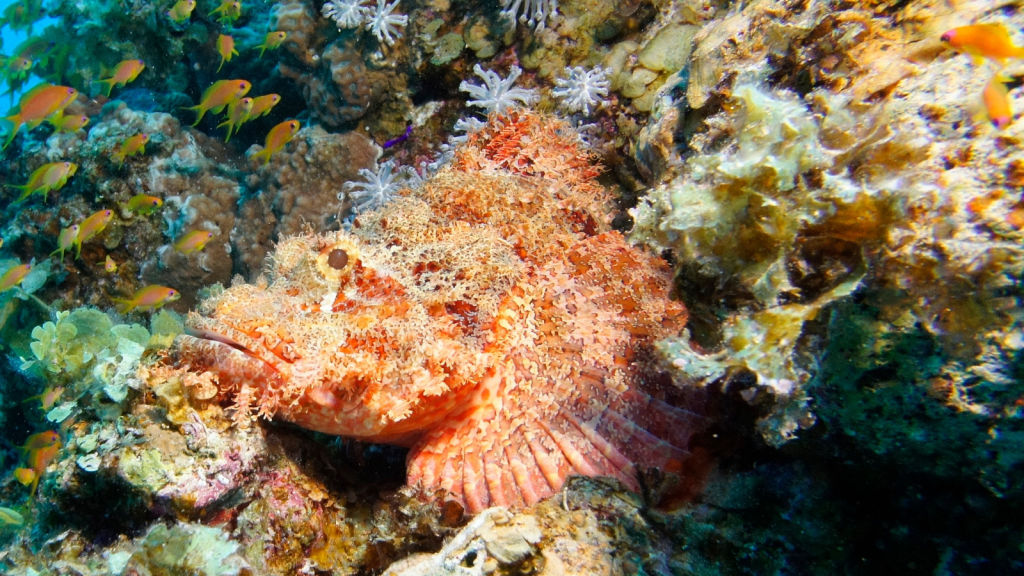
Lurking on the ocean floor, the stone fish is a master of camouflage. Its venomous spines can cause excruciating pain, swelling, and even death if left untreated. These fish are so well-disguised that unwary beachgoers might step on them without realising the danger. The stone fish’s venom glands are located at the base of its needle-like dorsal fin spines, which can pierce through shoe soles.
Box Jellyfish
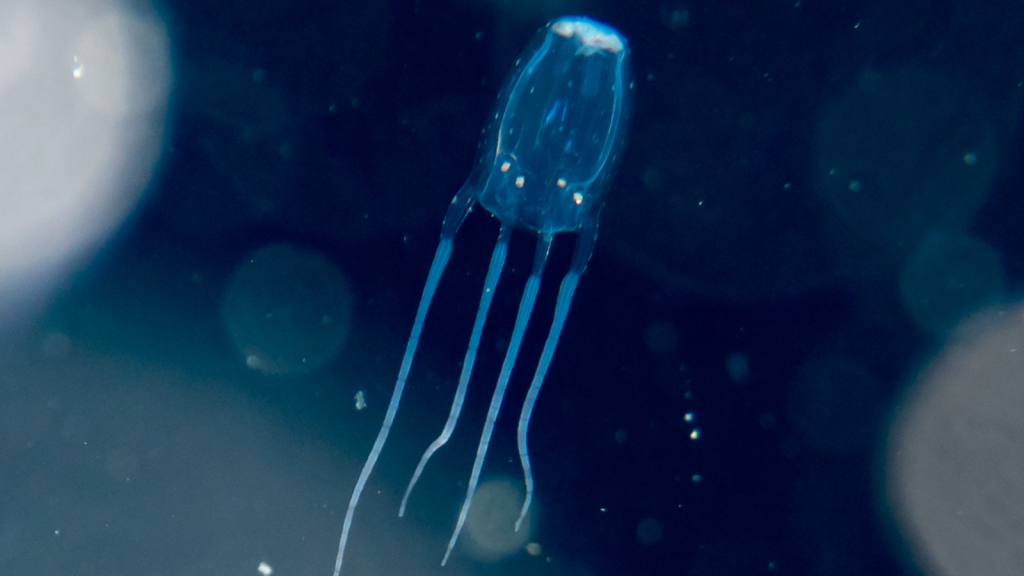
Found in the warm waters around Australia and Southeast Asia, the box jellyfish is considered one of the most venomous creatures on Earth. Its tentacles are covered in tiny, venom-filled darts that can cause heart failure within minutes of contact. The transparent body of this jellyfish makes it nearly invisible in water, adding to its danger. Each box jellyfish can have up to 60 tentacles, each growing up to 3 metres long.
Inland Taipan
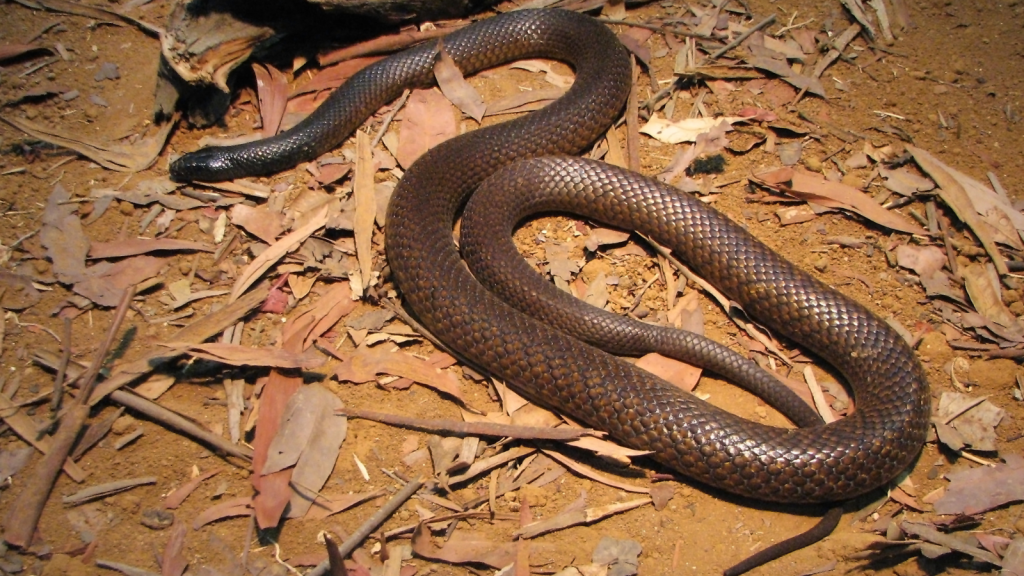
Native to Australia, the inland taipan holds the title of the world’s most venomous snake. A single bite from this reptile contains enough venom to kill 100 adult humans. Despite its potent venom, the inland taipan is shy and rarely encounters people in its remote desert habitat. The snake’s venom is specially adapted to kill warm-blooded prey, making it particularly dangerous to mammals, including humans.
Poison Dart Frog
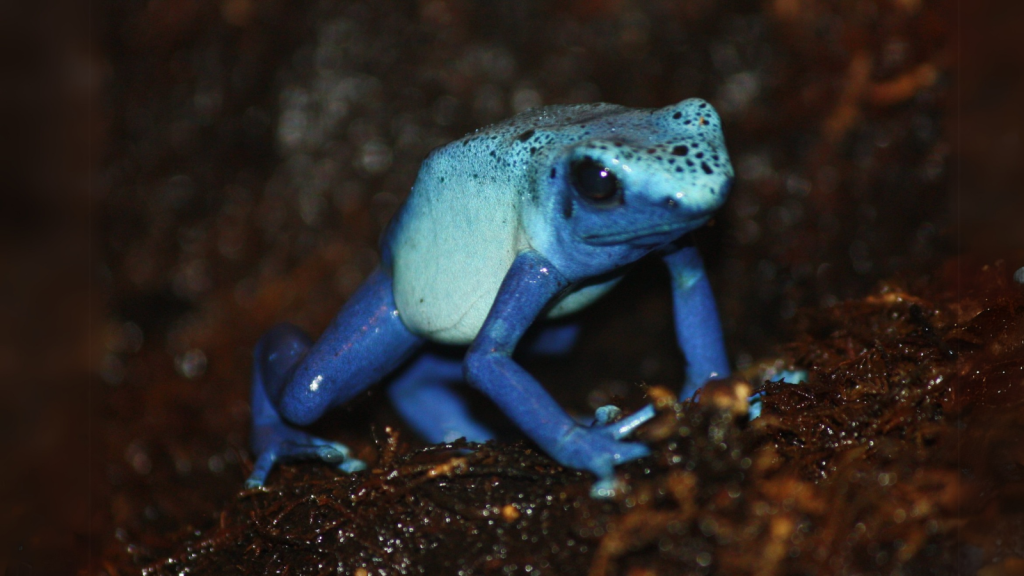
These tiny, brightly coloured frogs from Central and South America are as beautiful as they are deadly. Their skin secretes powerful toxins that indigenous people have used for centuries to poison blow darts. Interestingly, poison dart frogs raised in captivity aren’t toxic, as their poison comes from their diet in the wild. The golden poison frog, the most toxic species, has enough venom to kill 10 adult humans.
Marbled Cone Snail
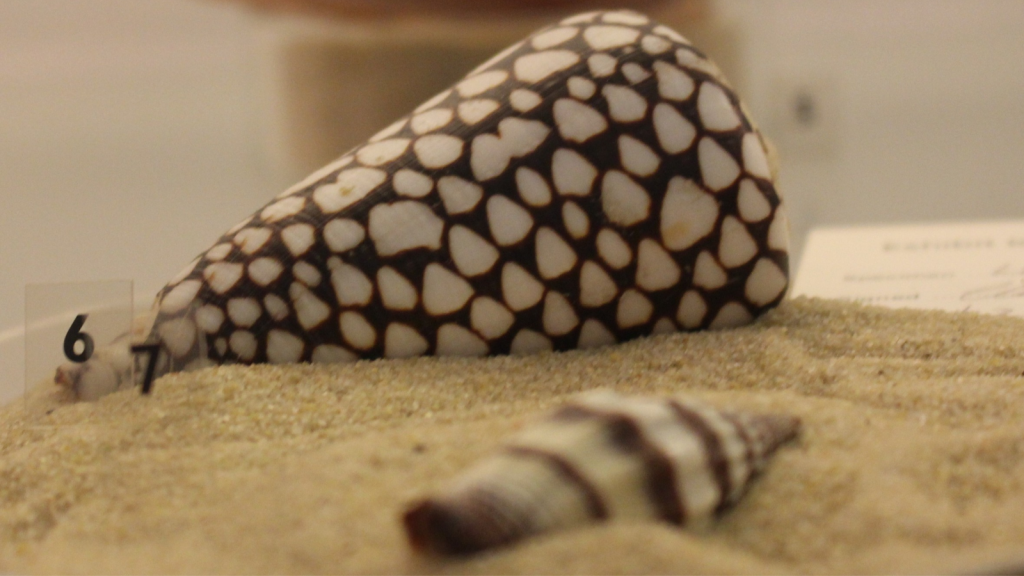
Don’t be fooled by its beautiful shell – the marbled cone snail is a silent killer of the seas. This slow-moving mollusc uses a venomous harpoon to catch its prey, and its sting can be fatal to humans. There’s currently no antidote for its venom, making it too risky for zoo display. The snail’s venom contains hundreds of different toxins, some of which are being studied for potential medical applications.
Brazilian Wandering Spider
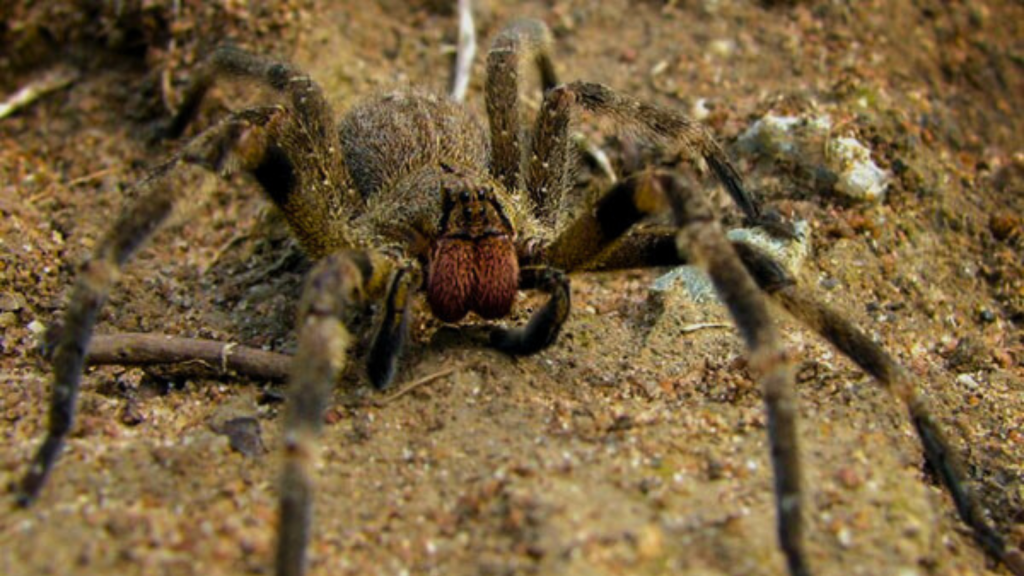
Often called the world’s most venomous spider, this arachnid earned its name from its tendency to wander the jungle floor at night. Its venom can cause intense pain, breathing problems, and in severe cases, death. These spiders sometimes hide in banana shipments, leading to unexpected encounters far from their native habitat. Male Brazilian wandering spiders have a bizarre side effect from their bite: it can cause long-lasting and painful erections in human males.
Stonefish
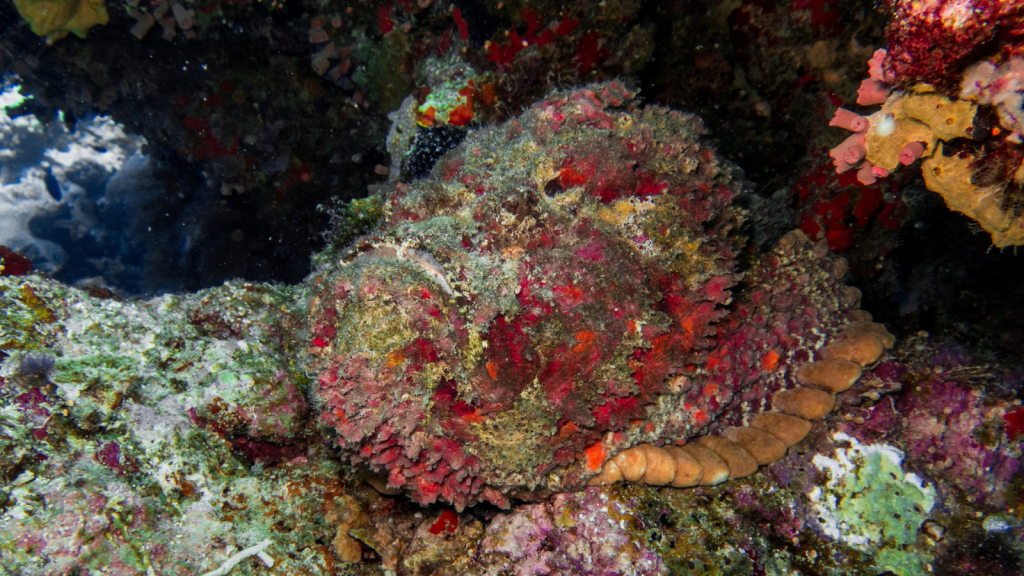
Not to be confused with the stone fish, the stonefish is the most venomous fish in the world. Its dorsal fin spines deliver a potent venom that causes extreme pain and can be fatal if not treated promptly. Like its namesake, the stonefish is a master of camouflage, blending perfectly with coral reefs and rocky sea floors. The stonefish can survive out of water for up to 24 hours, increasing the risk of accidental encounters with humans.
Blue Coral Snake
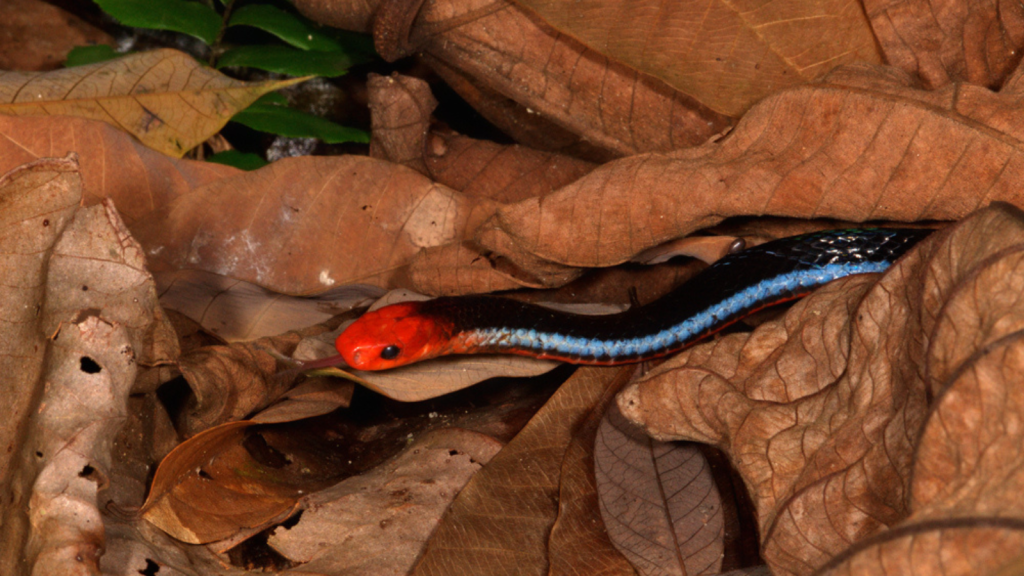
This striking snake, found in Southeast Asia, possesses a venom so powerful that a single bite can kill in hours. Its bright blue colouration serves as a warning to potential predators. Despite its deadly nature, the blue coral snake is quite shy and rarely encountered by humans. Unlike most venomous snakes, the blue coral snake has a fixed front fang, which makes it challenging to deliver its venom effectively.
Irukandji Jellyfish
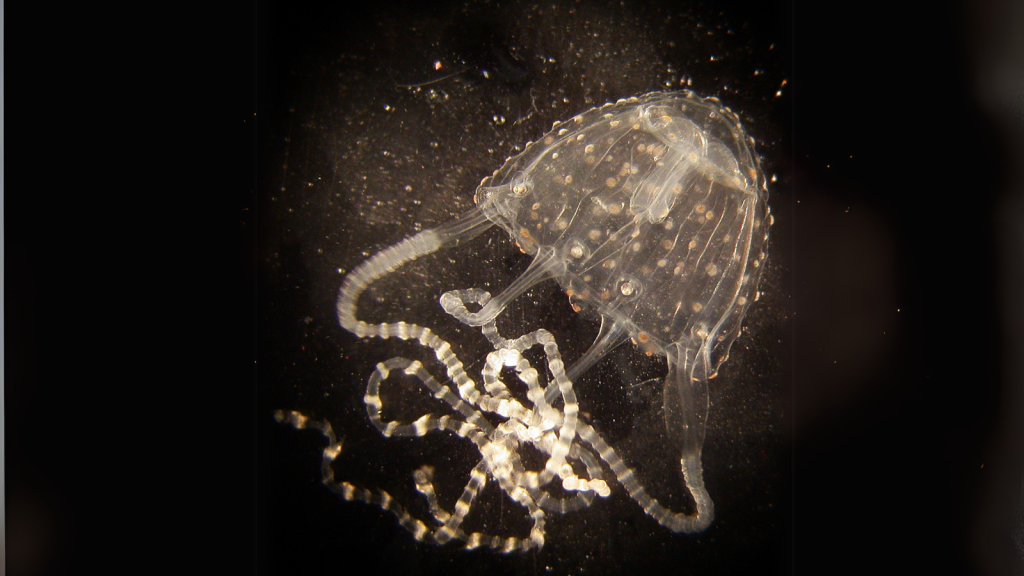
One of the smallest and most venomous jellyfish in the world, the Irukandji is barely visible to the naked eye. Found off the coast of Australia, its sting can cause a condition known as Irukandji syndrome, which can lead to severe pain, vomiting, and in rare cases, heart failure. The Irukandji jellyfish is so small that it can pass through the nets designed to keep jellyfish away from popular swimming areas.
Pufferfish
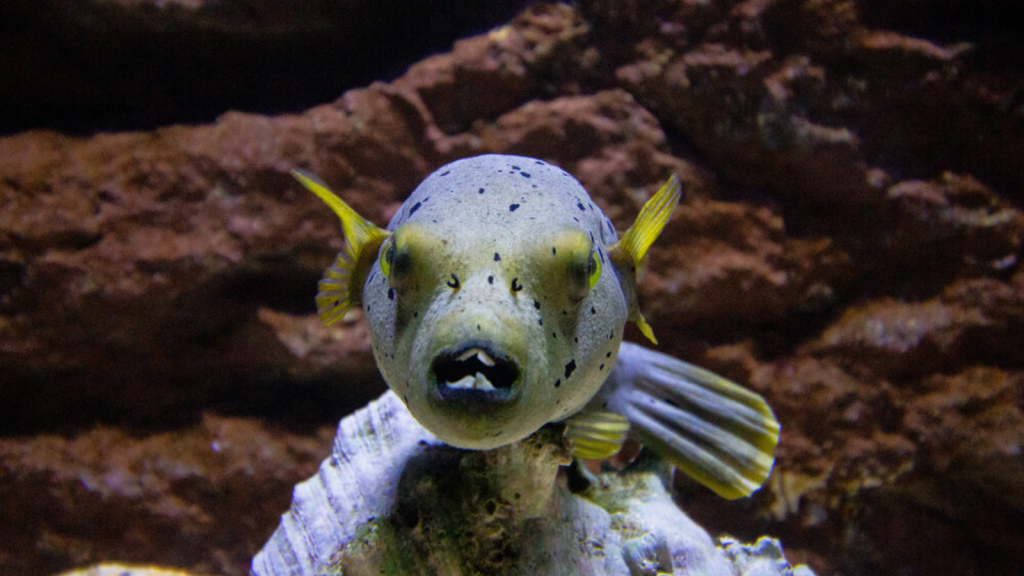
While some pufferfish species can be found in aquariums, the most poisonous varieties are too dangerous to keep. These fish contain a toxin called tetrodotoxin, which is up to 1,200 times more poisonous than cyanide. Despite the risk, pufferfish are considered a delicacy in Japan, where specially trained chefs prepare them. The pufferfish’s toxin is primarily concentrated in its liver and ovaries, with some species being more poisonous than others.
Golden Poison Frog
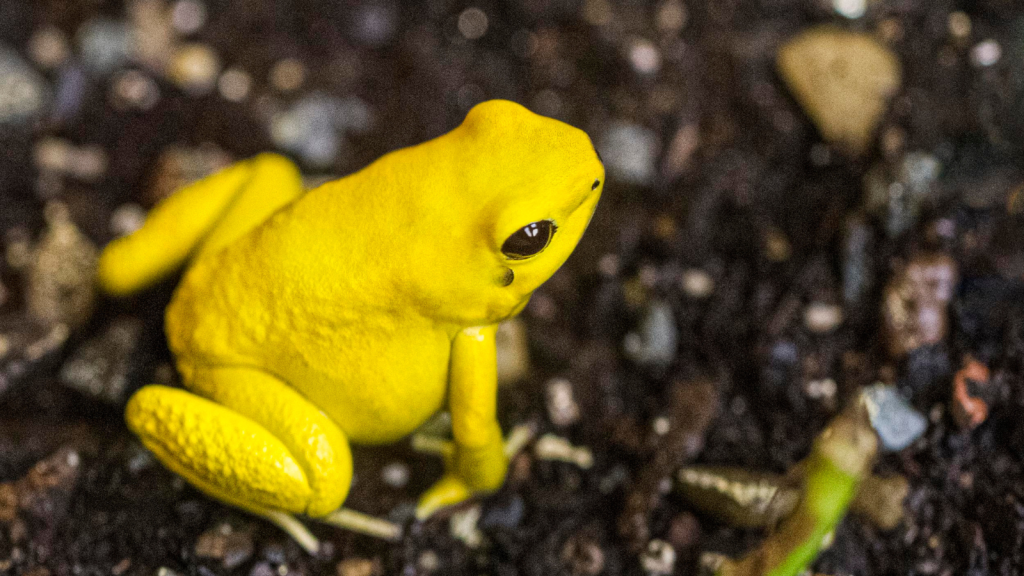
The golden poison frog, found in the rainforests of Colombia, is considered the most poisonous vertebrate on Earth. A single frog carries enough poison to kill 10 adult humans. Its bright golden colour serves as a warning to potential predators, making it a stunning but deadly creature of the forest floor. The frog’s poison is so potent that indigenous Emberá people have used it for centuries to tip their blow darts for hunting.
Becky is a fervent wildlife enthusiast and pet care expert with a diploma in canine nutrition. Her love for animals stretches beyond the domestic, embracing the wild tapestry of global fauna. With over a decade of experience in animal welfare, Becky lends her expertise to OutlandishOwl through insightful articles, captivating wildlife information, and invaluable guidance on pet nutrition. Her work embodies a deep commitment to understanding the intricate lives of animals and a passion for educating others on sustaining natural habitats. Becky's hands-on conservation efforts and her knack for translating complex dietary science into practical pet feeding tips make her an indispensable voice for creatures great and small.

